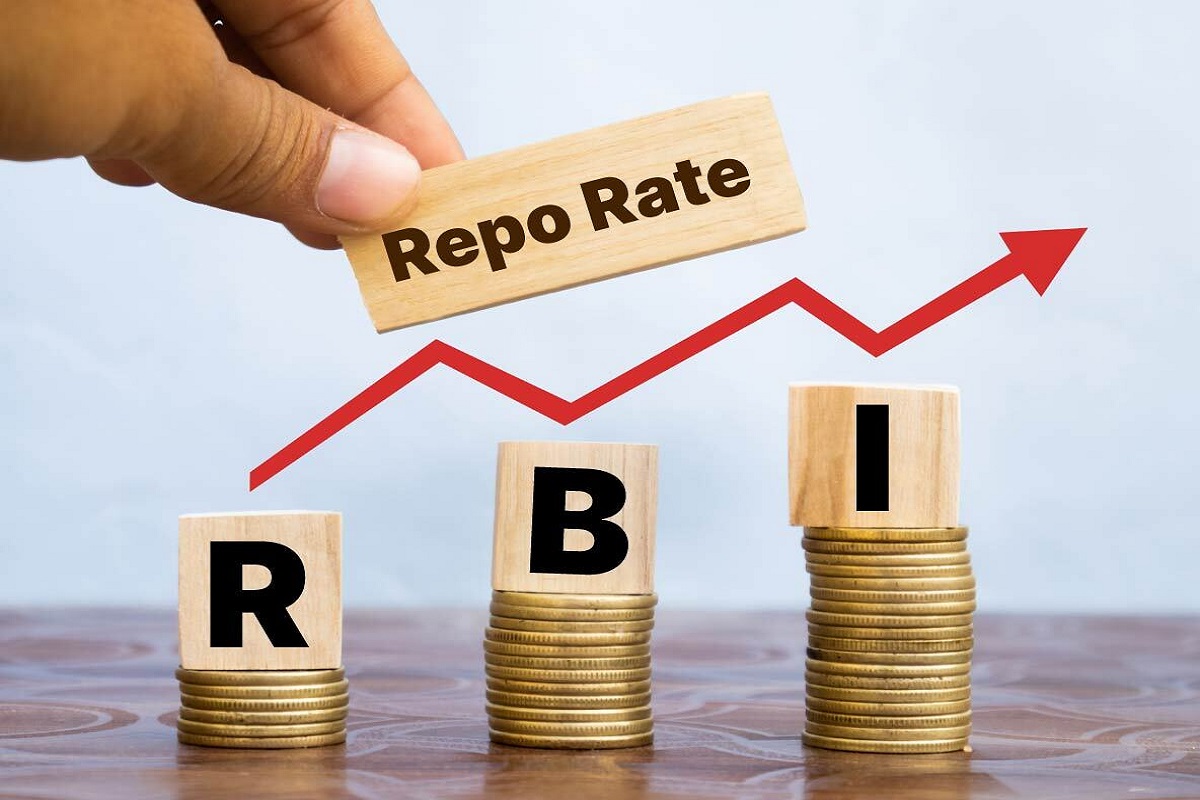The Reserve Bank of India (RBI), the central bank of India, periodically reviews its monetary policy. One of the key tools it uses is the repo rate. Recently, the RBI announced a cut in the repo rate. This decision has ripple effects across the financial landscape, and one group that’s particularly impacted is fixed deposit (FD) investors. So, what exactly does a repo rate cut mean, and how will it affect your FDs? Let’s break it down in simple terms.
Table of Contents
Understanding the Repo Rate:
Think of the repo rate as the interest rate at which commercial banks borrow money from the RBI. It’s a crucial indicator of the overall direction of interest rates in the economy. When the RBI cuts the repo rate, it becomes cheaper for banks to borrow money. This, in turn, often leads them to reduce the interest rates they offer on loans and, importantly, on deposits, including fixed deposits.
Why Does the RBI Change the Repo Rate?
The RBI uses the repo rate to manage inflation and stimulate economic growth. Here’s a simplified explanation:
- To Control Inflation: If inflation (the rate at which prices are rising) is high, the RBI might increase the repo rate. This makes borrowing more expensive for banks, which then pass on the higher cost to borrowers. This can help to cool down the economy and bring inflation under control.
- To Boost Economic Growth: If the economy is slowing down, the RBI might cut the repo rate. This makes borrowing cheaper, encouraging businesses to invest and consumers to spend. This can help to stimulate economic activity and boost growth.
How a Repo Rate Cut Impacts Fixed Deposit Interest Rates:
When the RBI cuts the repo rate, banks typically respond by lowering the interest rates they offer on fixed deposits. This is because their own cost of borrowing has decreased, so they don’t need to attract deposits by offering high interest rates.
Here’s what you can expect as an FD investor when the RBI cuts the repo rate:
- Lower Interest Rates on New FDs: If you’re planning to open a new FD after the repo rate cut, you’ll likely find that the interest rates offered are lower than before. This means you’ll earn less interest on your investment.
- Potential Impact on Existing FDs: While the interest rates on your existing FDs are usually fixed for the term of the deposit, some banks might adjust rates on floating rate FDs which are linked to benchmark rates. So, if you have a floating rate FD, you might see a decrease in your interest earnings.
- Reinvestment Risk: When your existing FD matures, and you reinvest the money, you’ll likely have to reinvest at the prevailing lower interest rates. This is known as reinvestment risk. Over time, this can significantly impact your overall returns.
What Should FD Investors Do?
A repo rate cut and the subsequent lowering of FD interest rates can be concerning for investors looking for stable returns. Here are some strategies you can consider:
- Diversify Your Investments: Don’t put all your eggs in one basket. Consider diversifying your investment portfolio across different asset classes, such as stocks, bonds, mutual funds, and even gold. This can help to mitigate the impact of lower FD interest rates.
- Look for Longer-Term FDs: While interest rates on new FDs might be lower, locking in a longer-term FD when rates are expected to fall further could be beneficial. However, remember that you lose liquidity in longer-term FDs.
- Consider Small Finance Banks and NBFCs: Sometimes, small finance banks and non-banking financial companies (NBFCs) might offer slightly higher interest rates on FDs compared to larger banks. However, it’s crucial to research the credibility and financial stability of these institutions before investing.
- Explore Other Fixed Income Options: Consider other fixed-income investment options like corporate bonds, government bonds, or debt mutual funds. These might offer slightly higher returns than traditional FDs, but they also come with varying levels of risk. Do your research or consult a financial advisor before investing.
- Don’t Panic: Interest rate fluctuations are a normal part of the economic cycle. Don’t panic and make hasty decisions based on short-term market movements. Instead, focus on your long-term financial goals and make informed investment decisions.
Impact on Borrowers:
While FD investors might see lower returns, borrowers can benefit from a repo rate cut. Lower interest rates make loans cheaper, which can encourage borrowing for big purchases like homes, cars, or business expansion. This can stimulate economic activity and boost growth.
The Bigger Picture:
The RBI’s decision to cut the repo rate is often influenced by broader economic factors, such as inflation, economic growth, and global economic conditions. It’s essential to understand the context in which these decisions are made. Keeping an eye on economic news and developments can help you make more informed investment decisions.
Consult a Financial Advisor:
If you’re unsure about how a repo rate cut will impact your investments, it’s always a good idea to consult a qualified financial advisor. They can assess your individual financial situation and provide personalized advice based on your goals and risk tolerance.
In Conclusion:
A repo rate cut by the RBI can have a direct impact on fixed deposit interest rates, generally leading to lower returns for FD investors. While this might seem concerning, it’s important to remember that interest rate cycles are a normal part of the economy. By diversifying your investments, exploring other fixed-income options, and consulting a financial advisor, you can navigate these changes and achieve your long-term financial goals. Don’t panic; instead, adapt and make informed decisions to secure your financial future.
